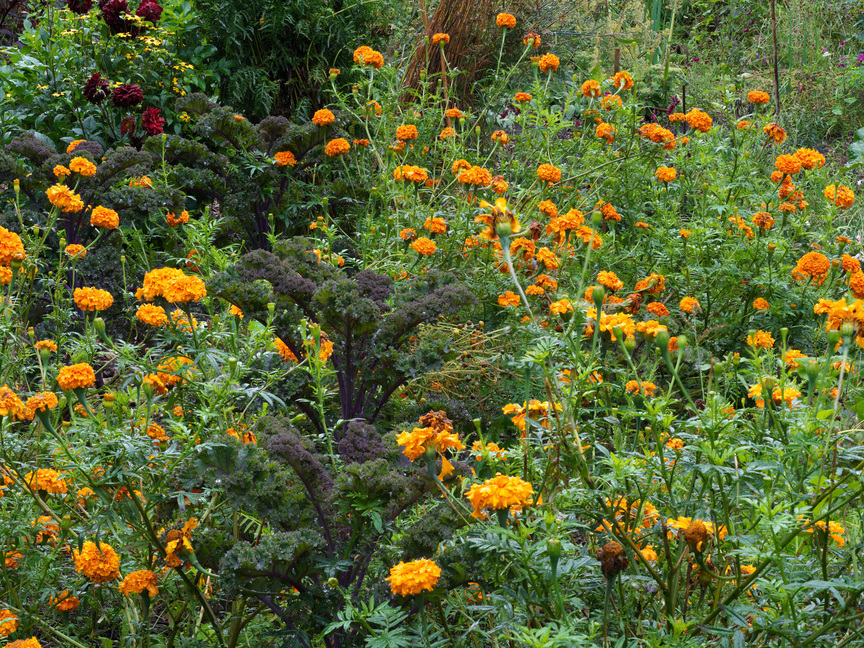-
From Current Issue
-
- Editor’s Letter Fire in the Heart
- Reviews I Gusti Ayu Kadek Murniasih
- Reviews 11th Seoul Mediacity Biennale: “One Escape at a Time”
- Dispatch Networked China
- One on One Monira Al Qadiri on Yukio Mishima
- Essays The rise of independent art spaces in pandemic-era Shanghai
- Features Tuan Andrew Nguyen
- Table of Contents
- Web Exclusives
- Archive
- Subscribe

R
E
V N
E
X
T
Installation view of “Danh Vo,” at Secession, Vienna, 2021. Photo by Nick Ash. All images courtesy the artist and Secession.
What determines whether something is useful, functional, or even beautiful? These were among the many questions raised by Vietnamese-Danish artist Danh Vo in his self-titled solo show at Vienna’s Secession. Featuring five minimalist works, the main exhibition space appeared at first glance to be inhabited more by its own architectural elements than Vo’s installations, which surfaced like unobtrusive islands amid the calming geometrical sea of white walls and latticed ceilings and doors.
Looking closely at the selection of materials (wood, marble, bronze, stone), photographs, found objects, and calligraphic textual fragments was to experience a certain pleasure in the act of seeing, removed as these objects were from the visual clutter of so much of contemporary life. In this respect, Vo’s minimalism serves as an invitation to linger and reflect on our relationship with the world of objects, and how we experience them in space and time.
Far from feeling embedded in a state of permanence, however, the works betray a sense of their own temporariness, which is all the more striking given the pronounced bulk of the marble plinths, marble floor squares, and stone fragments. Many were encased in wooden supports (the wood being repurposed from a previous exhibition at the Secession), such as the fragmentary bronze reproduction of the Statue of Liberty’s ear.
One of approximately 300 such copper fragments, the ear is part of Vo’s We the People (2011–16) in which he had a one-to-one replica of Frédéric Auguste Bartholdi’s iconic statue fabricated in Shanghai before dispersing the respective pieces to various exhibition venues throughout the world. Variously interpreted as an invocation to reflect on the meaning and nature of freedom, the fragility and fluidity of commonplace cultural symbols, and the circulation of people and ideas, Vo’s addition of an imperfect bronze bust of Christ to the installation invoked a ruminative playfulness. Perched just above the ear, Christ’s mouth is opened slightly, with the viewer left to wonder what the sacred might be whispering to the secular at a historical moment when both have been beset by garrulous critics.
Among Vo’s thematic inventory of ideas are immigration, (meta)physical border crossings, and the complexities of language, with some of his most personal and emotionally rich works drawing from his family’s background as Vietnamese refugees to Denmark. In two seemingly interconnected installations, Vo anchors his father’s weighty metal safe, Untitled (Safe) (2008), behind a suspended screen of framed photographs featuring plants from the artist’s workshop garden in Güldenhof. With its flecked paint and dented metal exterior, the safe, which his father first bought after moving to Copenhagen in anticipation of future wealth, is a potent metaphor for the optimism at the heart of the immigrant experience, as well as the impenetrable storehouse of unspoken memories, experiences, and, in some cases, trauma that many immigrants carry with them.
Positioned atop his father’s safe was a letter written by the French missionary Théophane Vénard to his own father after he had been found guilty of heresy in Vietnam. Despite not knowing French, Vo’s father reproduced the letter in near-perfect cursive, underscoring how these objects themselves have no power of memory of their own. For Vo’s father, who can neither speak nor read in French, the letter exists merely as art for art’s sake, its inaccessible meaning having lapsed into history’s oblivion, while his son’s inter-generational gesture reanimates these historically charged objects.
For all of the dense, physically inert materials, the exhibition coursed with organic life as nasturtiums adorned a number of installations. While their red flowers reminded Swedish botanist Carl Linnaeus of Roman trophy poles atop which the bloodstained helmets of their vanquished enemies were hung, virtually no one today would make such an association. If history’s darkness lurks behind the simple beauty of Vo’s resonant works of historical imagination, he nevertheless encourages viewers to embrace the stipulativeness of our collective memoryscapes. In this way, his objects stabilize human life insofar as they give it continuity (here borrowing from South Korean-born, Swiss-German philosopher Byung-Chul Han). How fitting, then, that the museum was growing nasturtiums in a pop-up garden outside.
Danh Vo’s solo exhibition is on view at the Vienna Secession until November 7, 2021.
To read more of ArtAsiaPacific’s articles, visit our Digital Library.














